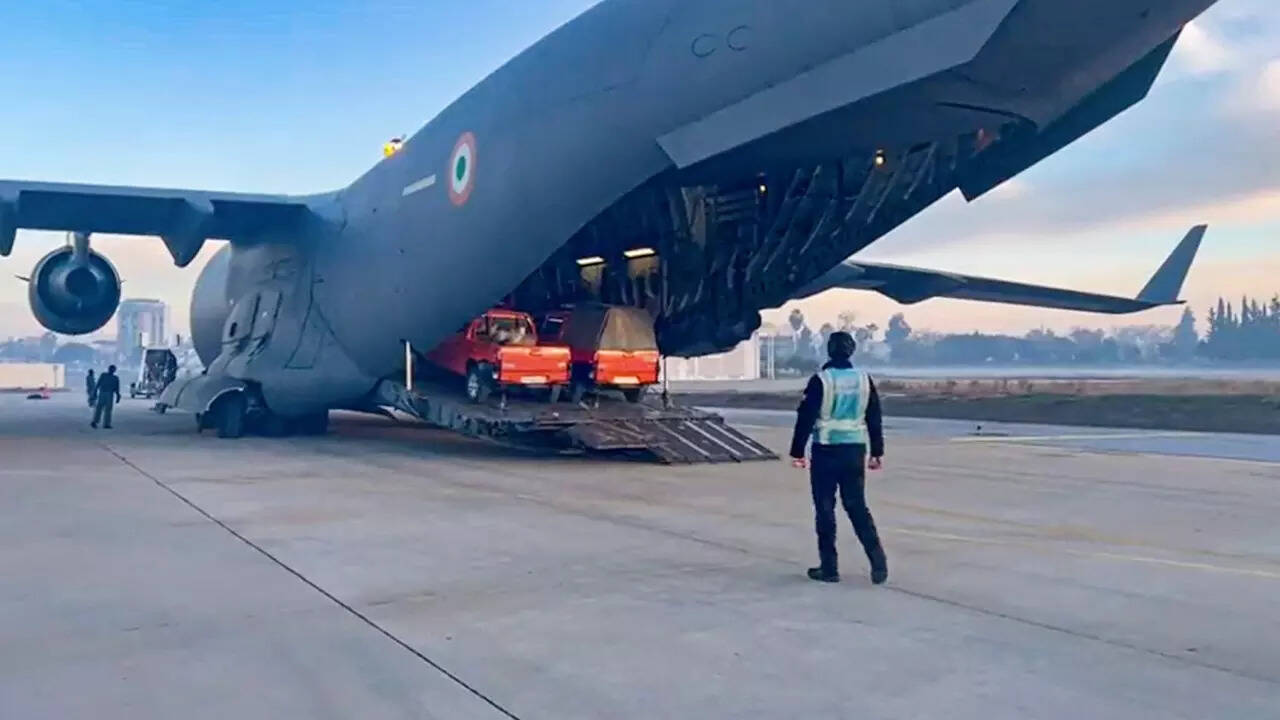The new batch of 12 Cheetahs will arrive from South Africa to Gwalior (10am Saturday) using an Indian Air Force (IAF) C-17 Globemaster aircraft, and then to Kuno National Park (11am Saturday) in Madhya Pradesh Mi-17 helicopter. The IAF aircraft left Hindon Air Base in Uttar Pradesh on Thursday morning for South Africa to collect cheetahs.
A delegation of cheetah experts, veterinarians and senior officials from both India and South Africa will accompany the felines during the transcontinental translocation exercise. After arriving in India, all 12 cheetahs will be housed in specially created enclosures in Kuno National Park to complete the mandatory quarantine period where the animals will be monitored intensively.
The 8 cheetahs arrived in India in September 2022, under the ambitious and visionary planning of Prime Minister Shri… https://t.co/gm7VS8Tk57
— Bhupender Yadav (@byadavbjp) 1676542810000
Early on September 17 last year, the first group of eight cheetahs were relocated to Kuno National Park from Namibia. All cheetahs from the first batch are fine except the one called “Sasa”. According to the action plan for the reintroduction of cheetah in India, at least 10-12 cheetahs need to be imported every year from African countries for the next five years.
“Eight cheetahs that came to India in September last year have adapted well (to their surroundings). India is now ready to welcome another 12 cheetahs from South Africa,” said the environment minister Bhupender Yadav announcing details of the move Thursday. The 12 cheetahs will be released on Saturday in Kuno National Park by Yadav and the Chief Minister of Madhya Pradesh Shivraj Singh Chouhan.
“The objective of the India Cheetah Introduction Project is to establish a viable metapopulation of the cheetah in India that allows the cheetah to fulfill its functional role as a top predator and provide space for the expansion of the cheetah within its historical range thus contributing to its global conservation efforts,” Yadav said.
The last cheetahs in the Indian desert were recorded in 1947, when three cheetahs were shot in the Sal (Shorea Robusta) forests of central India. The main reasons for the decline of the cheetah in India have been the large-scale taking of wild animals for coursing, bounty, and sport hunting, extensive habitat conversion, and the resulting decline in the prey base. Cheetahs were declared extinct in India in 1952.
MAIN OBJECTIVES OF THE CHEETAH INTRODUCTION PROJECT
- Establish breeding populations of cheetah in secure habitats throughout its historic range and manage them as a metapopulation
- Using the cheetah as a charismatic flagship and umbrella species to raise resources for the restoration of open forest and savannah systems that will benefit the biodiversity and ecosystem services of these ecosystems
- Use the resulting opportunity for eco-development and eco-tourism to improve local community livelihoods
- Conveniently manage any conflicts of cheetahs or other wildlife with local communities within cheetah conservation areas through compensation, awareness and management actions

